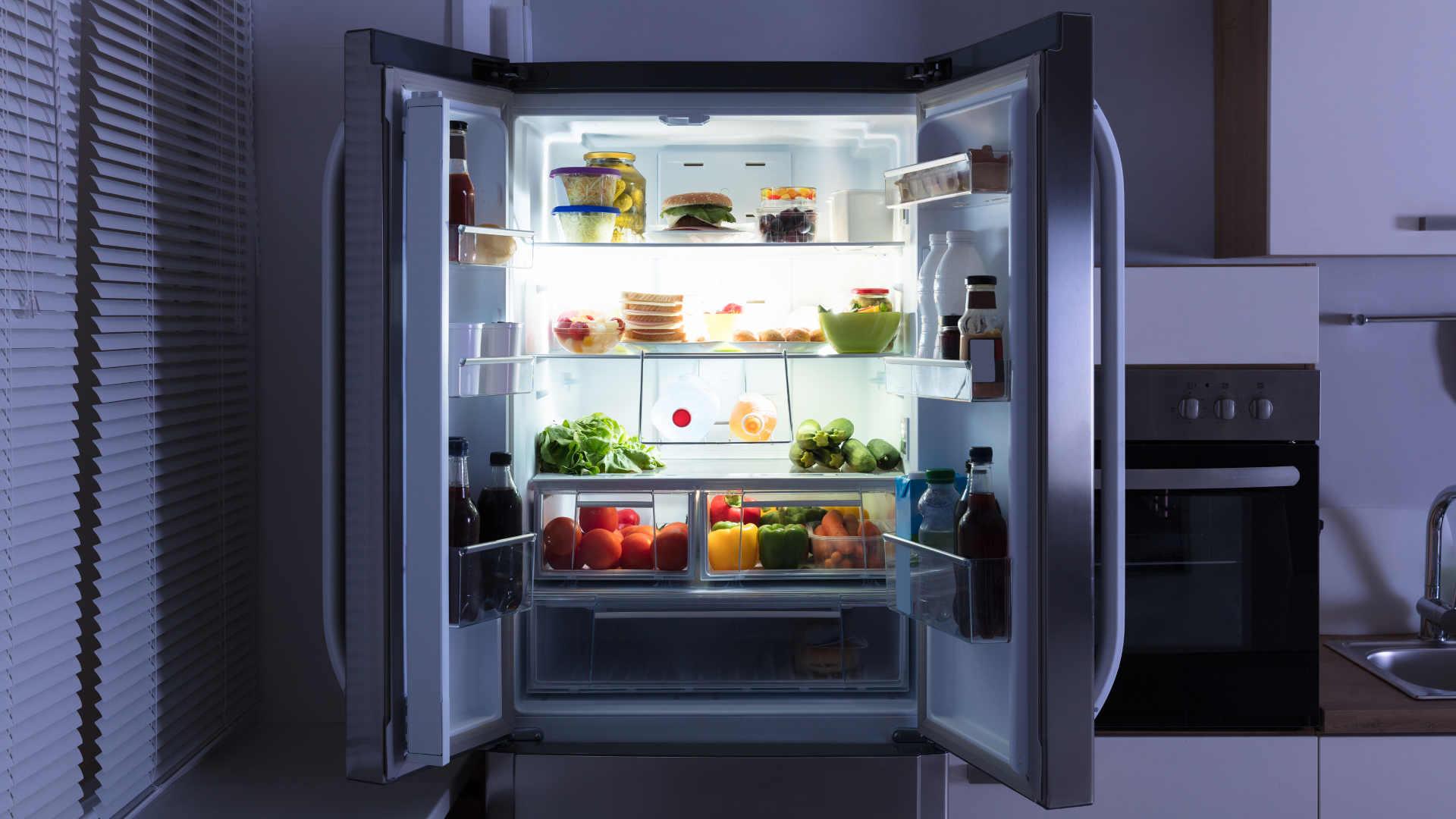What does $1,500 mean to you?
No matter your financial situation, $1,500 is significant. It could be a down payment on your next car, a dent in your debt, a furniture upgrade, a step towards retirement, a boost to your emergency fund or a first-class ticket to New York.
$1,500 also happens to be the average annual cost of food thrown out by a family of four, according to the Natural Resources Defense Council.
So, if you’re interested in saving money, examining your food habits is a great idea. Here’s what you need to do:
1. Get Organized
Organizing your refrigerator and pantry is a great place to start. After all, you can’t use what you don’t know you have. The most commonly cited reason for throwing away food is because the item gets lost or forgotten, and ends up spoiling. Knowing what’s in your inventory also means you’re less likely to purchase duplicates next time you’re at the store because you forgot you already had it at home.
2. Plan Ahead
Plan your meals, make a list of what you need, and keep that list somewhere handy so you can add to it when you notice you’re running low on something. Designate a day to go shopping, and only buy what’s on your list. Snap a picture of your list so you don’t forget and leave it at home.
Many people struggle with impulse shopping at the store, which is when you add items to your cart that you didn’t intend to buy when you walked in the door but you had to have once you saw it. Impulse-buys add up — spending just $5 extra on a box of cookies each week comes out to $260 at the end of the year. The more often you shop, the more opportunities you have to be tempted, which is why planning and designating a shopping day is so important.
If you’re trying to reel in impulse-buys to save money, consider giving yourself a little room in the budget to buy just one thing that isn’t on your list. Think of it like working a “cheat day” into a diet — you can enjoy the satisfaction the item gives you without the guilt that you’re failing in your goal. And deciding which item makes the cut inspires critical thinking about your purchases.
Meal prepping and planning your menus in advance also helps curb unanticipated dining expenses — like hitting the drive through on your break because you didn’t pack a lunch, or ordering pizza because deciding what to cook for dinner after a long day felt too overwhelming.
3. Question That Bargain
Sales are designed with psychological tricks to compel us to shop, so it’s easy to get caught up in the game of saving a dollar. It’s better to stop and think — is this item something you’re actually going to use?
A sale isn’t a bargain if you end up throwing out your money.
For example, bulk buying typically saves money, but going for the bigger package isn’t a bargain if the item goes bad before you use it and ends up in the trash. Also, sometimes bigger packages are actually more expensive per unit than a smaller package — be sure to look at the cost per unit to figure out which item is the better deal.
4. Rethink the Date
Did you know that “best by” and “sell by” dates are not “throw in the trash” dates? The manufacturer or store prints them as a product quality guideline, rather than an indication if it’s about to spoil. It’s a common misunderstanding, however, and many people throw food away early because they’re worried the item will make them sick. Check out the FoodKeeper app — designed by the USDA to take the mystery out of food safety and storage.
5. Store Correctly
Storing an item correctly can extend its shelf life and save it from the trash. Did you know that apples can make nearby produce ripen faster? That’s great if you bought a rock-hard avocado for taco Tuesday, but not so great if you’re hoping that bunch of bananas will last all week.
Not sure what items should go in the pantry or the fridge? Check out this handy interactive storage guide.
6. Freeze It
When it comes to storing food, your freezer is your best friend. Not only can most raw items be stored for a long period of time, you can freeze leftovers or batch-cooked meals. Cooking in large quantities is an easy way to save time and money, and freezing portions for the future is a great way to avoid repetition burnout.
7. Get Creative
A lot of foods can be repurposed when they’re past their ideal state. Overripe bananas famously make for delicious desserts, and wilted spinach can get new life sautéed for an omelet. There are also a lot of apps and websites out there that can find you a recipe based on what you already have in your fridge or pantry.


